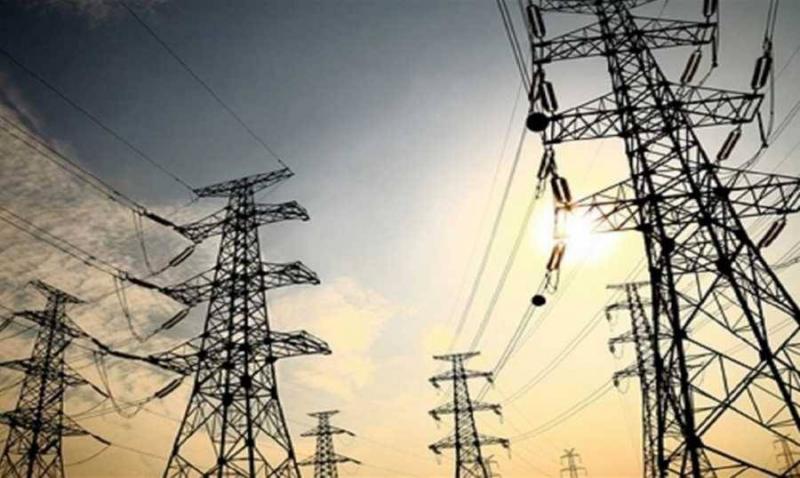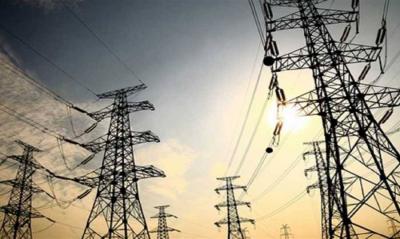Electricity distribution services at Electricité du Liban cover everything related to delivering energy from the grid to the customer's meter, including the meters themselves, monitoring, reading, billing, collection, maintaining poles and cables, and upgrading old transformers that no longer meet demand due to population growth. The structure of the institution includes two distribution managements, one for Beirut and Mount Lebanon and the other for the rest of the regions, each overseen by a director and personnel, including sworn observers, as reported by "Al-Liwaa."
The electricity distribution service providers project was mentioned in the sector policy paper approved by the government in 2010 for a transitional period of 3 to 4 years, aimed at rehabilitating networks, implementing smart meters, reducing waste, and enhancing billing and collection efficiency. Lebanon was divided into four regions, and a member from the incomplete and expired board of directors objected at that time to the outsourcing decision, estimating the project's cost at 780 million dollars over its duration. Some directors and board members raised concerns over the project, citing its cost being several times higher than previous spending.
The service providers' project introduced private companies into Electricité du Liban's distribution sector, which is legally monopolized in production, transmission, and distribution. This occurred in late 2011, when the Minister of Energy personally approved the board's decision concerning three outsourcing contracts for distribution services despite an objection from one of the two board members regarding several violations. Implementation of the project began in 2012, with one of the minister's advisors assigned to oversee its progress, initially intended to achieve its goals and conclude by 2016.
More than a year after launching the project, the corporation informed the Minister of Energy that the institution's revenues had not significantly improved, that collection levels remained similar to previous standards, that illegal connections were still being inadequately addressed, and that the total number of reports organized with service providers in various regions reached 3,789. After about two years of implementation, the then-Minister of Energy believed that the service providers had not fulfilled their contractual obligations towards Electricité du Liban regarding improving collections, increasing revenues, addressing illegal connections, enhancing customer service, applying service quality standards, and delays in automating the programming system and upgrading customer service areas, in addition to commencing the smart meter system. He requested that the corporation initiate the supervision outsourcing and terminate the contracts for supplying and installing infrastructure for remote meter reading as quickly as possible.
In 2013, service providers proposed a rescue plan after establishing an internal committee within the institution, whose members resigned multiple times. The Minister of Energy urged its management to expedite the issuance of tenders for supervising the project. In 2014, the project’s external director issued a report declaring it a total failure and a financial drain on the institution that must be stopped, providing his recommendations in this regard. He objected to the smart meters presented, stating they had not been tested on the network and were attempted to be passed through laboratory trials rather than real-world applications. The director faced backlash, leading to his exit from the institution and his replacement by a consulting company under a service works title, which is not recognized in the institution’s financial system but was created to justify the arrangement. Companies continued to receive contract extensions against regulations.
Several reports from the Public Monitoring Directorate at Electricité du Liban indicated that contracted companies had failed to meet their contractual obligations and that the institution could not settle its bills and dues, leading to deteriorating investment and decline in the distribution sector across all levels, while companies withheld collected funds without daily remittances to the institution. Consequently, during 2016, the engineering general inspection issued a letter proposing to refer the public monitoring report and its annexes to the public prosecution for judicial investigation of the various issues raised, particularly concerning billing and collection.
To relieve service providers from their essential contractual obligations, represented by performance indicators—significant weaknesses—they were exempted from withholding amounts owed to the institution, estimated by the project manager at 90 million dollars, which he proposed to suspend. The minister obtained a cabinet decision exempting service providers from achieving the required performance indicators, releasing their withholdings and approving project extensions without considering the reasons for failure, consequences, or the substantial financial damage the project caused to the institution.
Before service providers deeply entered the distribution tasks, which violated one of the monopolies granted to the institution by its founding law, the institution used ad hoc contractors to meet certain distribution needs at a much lower cost than service providers. According to a former distribution manager, a strong opponent of the project, it provided no effective contributions or positive results on financial or technical levels; instead, it caused significant damage, delays in executing necessary tasks, and reduced collections instead of improving them. The execution of work became monopolized by four companies, whereas before it was spread across seventeen contractors in the regions, where competition was better as they feared exclusion, embracing a more flexible approach to cover gaps due to contractor shortcomings, ensuring faster and more efficiently managed requests for meter installations and network issues.
To this day, Lebanese citizens pay the price for the project's failure and higher levels of waste than during the institution's management of distribution services, alongside burdens from a new exorbitant tariff placed on compliant customers to cover the losses stemming from waste exacerbated by the presence of displaced persons and others, amid a suffocating economic crisis and the tyranny of generator owners and their high bills.
Before the 2019 collapse, billing and collection had been delayed for about two years, and arrears were estimated at around 600 million dollars, which lost value due to currency depreciation. Currently, there is also a delay in billing and collection of about a year, with no updates from the institution, which has yet to pay any amount for Iraqi oil and demands repayment from the state in dollars alongside other commitments and dues.
We present these facts, information, and realities to the government and the relevant committee in the Parliament, hoping for acknowledgment and the formulation of an appropriate decision based on them to halt the ongoing financial drain amid the collapse, threatening the stability of the exchange rate, according to "Al-Liwaa."




